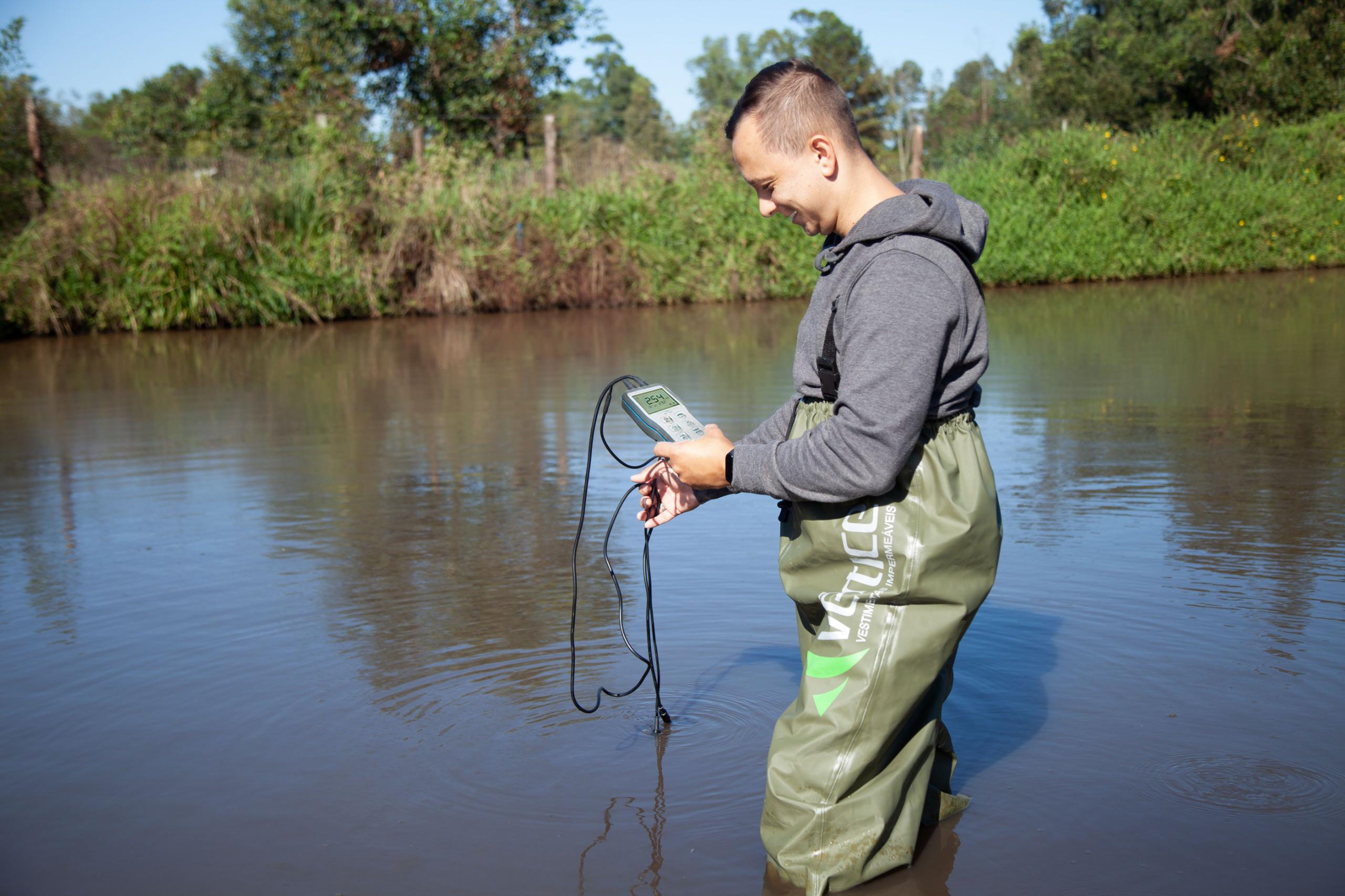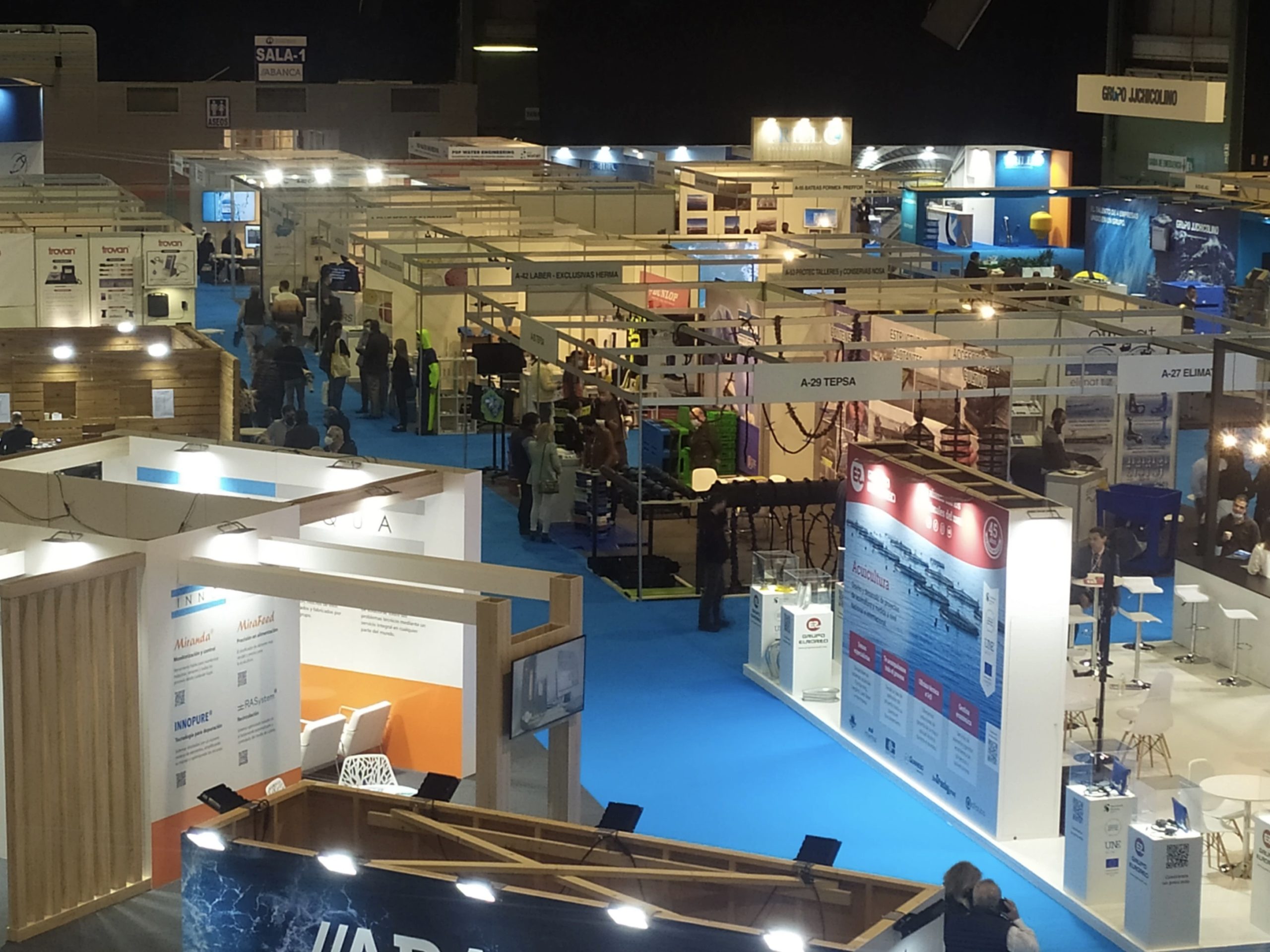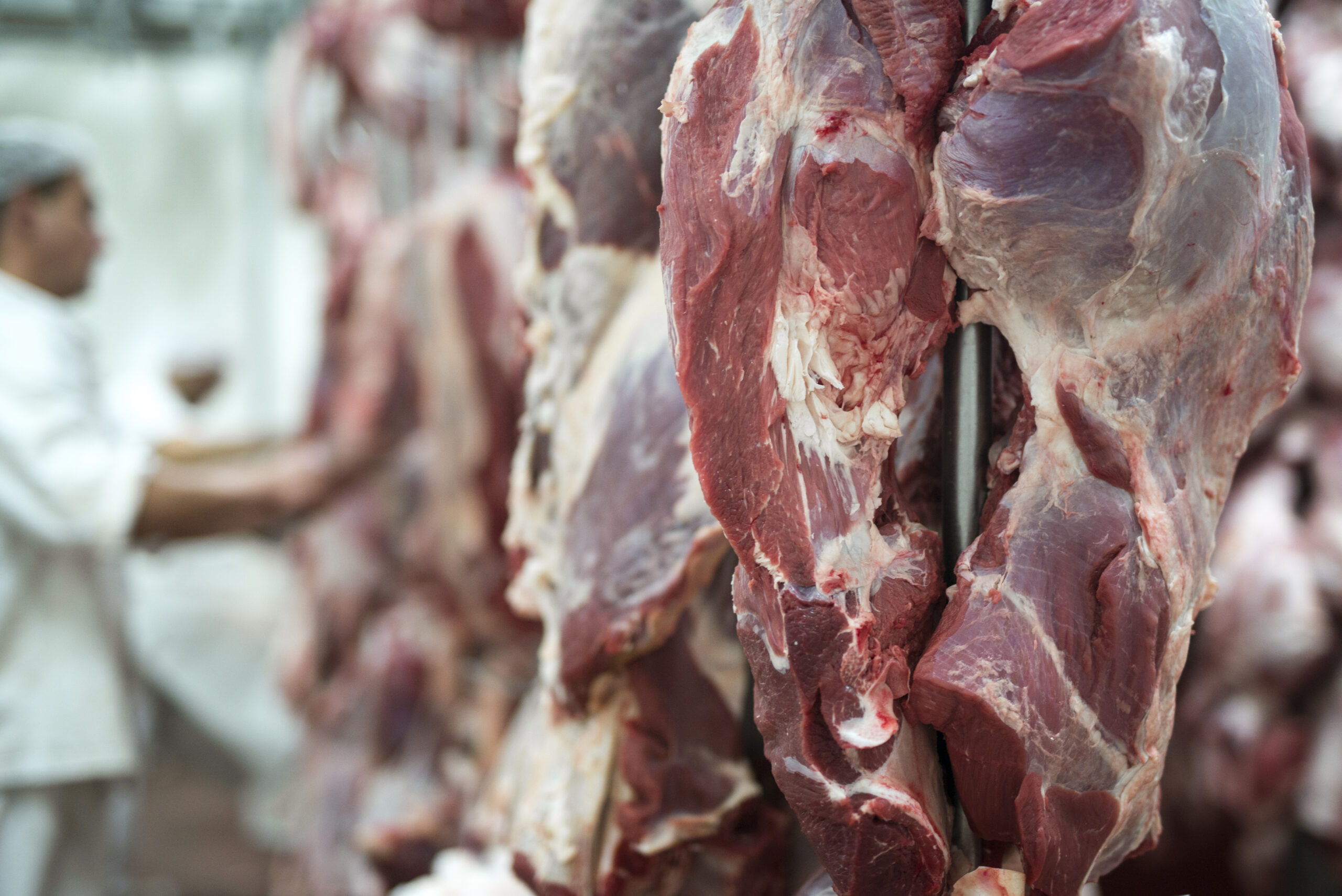The Vital Role of Dissolved Oxygen Measurement in Aquaculture
In the world of aquaculture, maintaining the right balance of dissolved oxygen (DO) in water is crucial for the health and growth of aquatic species. As a key parameter in aquatic environments, dissolved oxygen directly affects the metabolic processes of fish and other aquatic organisms. Ensuring optimal oxygen levels can significantly enhance productivity and reduce the risk of disease and mortality.
Why Dissolved Oxygen Matters
Dissolved oxygen is essential for the survival of aquatic life. Fish, shellfish, and other aquatic organisms rely on DO for respiration. When oxygen levels are too low, it can lead to hypoxia, which stresses aquatic animals, impairs growth, and can even result in mass die-offs. Conversely, excessive oxygen can also be harmful, causing gas bubble disease and other complications.
Properly monitoring and managing dissolved oxygen levels can help aquaculture operations achieve several key benefits:
- Enhanced Growth Rates: Adequate oxygen levels support optimal metabolic rates, promoting faster growth and better feed conversion.
- Reduced Disease Risk: Stable DO levels reduce the likelihood of disease outbreaks by minimizing stress and creating a more favorable environment for aquatic organisms.
- Improved Water Quality: Regular monitoring helps in maintaining overall water quality, contributing to a healthier aquatic ecosystem.
The Optical Probe Advantage
When it comes to measuring dissolved oxygen, the choice of equipment can greatly impact the accuracy and efficiency of your monitoring efforts. Optical probes, such as those offered by Akso, stand out as the superior choice for several reasons:
- High Accuracy and Precision: Optical probes use advanced technology to provide highly accurate and reliable DO measurements. Unlike traditional electrochemical sensors, optical sensors are less prone to interference from other substances in the water, ensuring precise readings.
- Low Maintenance: Optical probes require minimal maintenance compared to conventional DO meters. They do not need frequent calibration or replacement of membranes, reducing downtime and operational costs.
- Extended Lifespan: The robust design of optical probes ensures a longer lifespan, making them a cost-effective investment for aquaculture operations. Their durability means they can withstand harsh conditions and continue to deliver consistent performance over time.
- Fast Response Time: Optical sensors offer rapid response times, allowing for real-time monitoring and quick adjustments to maintain optimal oxygen levels. This capability is crucial for preventing sudden drops in DO and ensuring a stable environment for aquatic species.
- Ease of Use: With user-friendly interfaces and straightforward setup procedures, optical probes are easy to integrate into existing systems. This ease of use allows aquaculture professionals to focus more on managing their operations rather than dealing with complex equipment.
Introducing the AK121: Your Ideal Portable Dissolved Oxygen Meter
For those seeking a reliable and efficient solution for dissolved oxygen measurement, Akso offers the AK121, a portable dissolved oxygen meter equipped with an advanced optical probe. The AK121 is specifically designed for the demanding needs of aquaculture, providing accurate and convenient DO measurements in various conditions.
Key Features of the AK121 Include:
- Automatic Temperature Compensation (0 to 40°C) and manual adjustments for altitude (0 to 3500m) and salinity (0 to 45ppt), ensuring accurate readings regardless of environmental changes.
- Two-Point Calibration: Adjustable at 0% and 100% saturation for precise calibration.
- Automatic Shut-Off: Saves battery life by turning off the device when not in use.
- Configurable Display Illumination: Allows users to adjust the screen brightness for optimal visibility.
- Computer Communication: Data transfer capability in .csv format for easy analysis and record-keeping.
- GLP (Good Laboratory Practice) Compliance: Includes features such as recording the date and time of the last calibration and notifications for expired calibration.
- Memory Storage: Capacity to store up to 999 records for comprehensive data tracking.
Conclusion
In summary, the measurement of dissolved oxygen is a critical aspect of successful aquaculture management. Ensuring that aquatic environments have the right levels of DO can lead to healthier, faster-growing aquatic species and more efficient operations. With the AK121 from Akso, you gain access to a state-of-the-art optical probe that offers high accuracy, low maintenance, and ease of use, making it the ideal choice for precise and reliable DO monitoring.
By choosing the AK121, you can enhance the health of your aquatic life, optimize growth, and achieve better overall results in your aquaculture endeavors.





